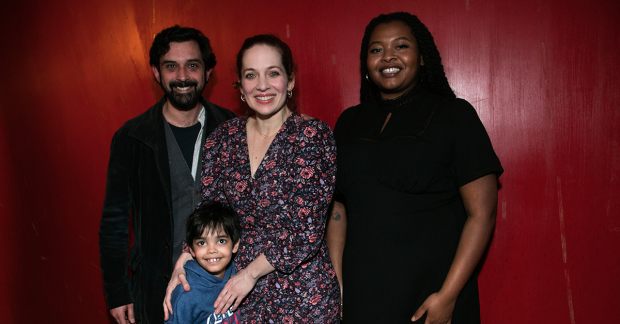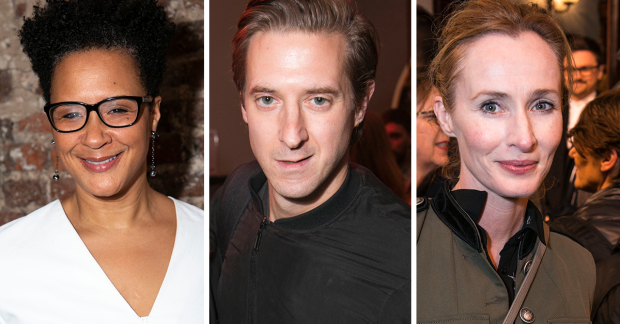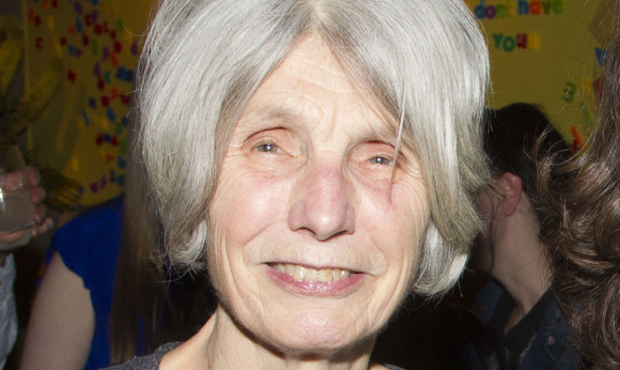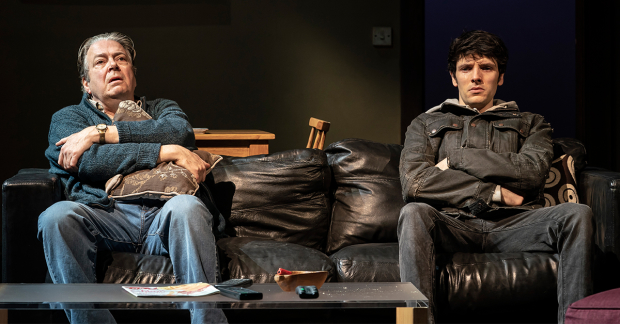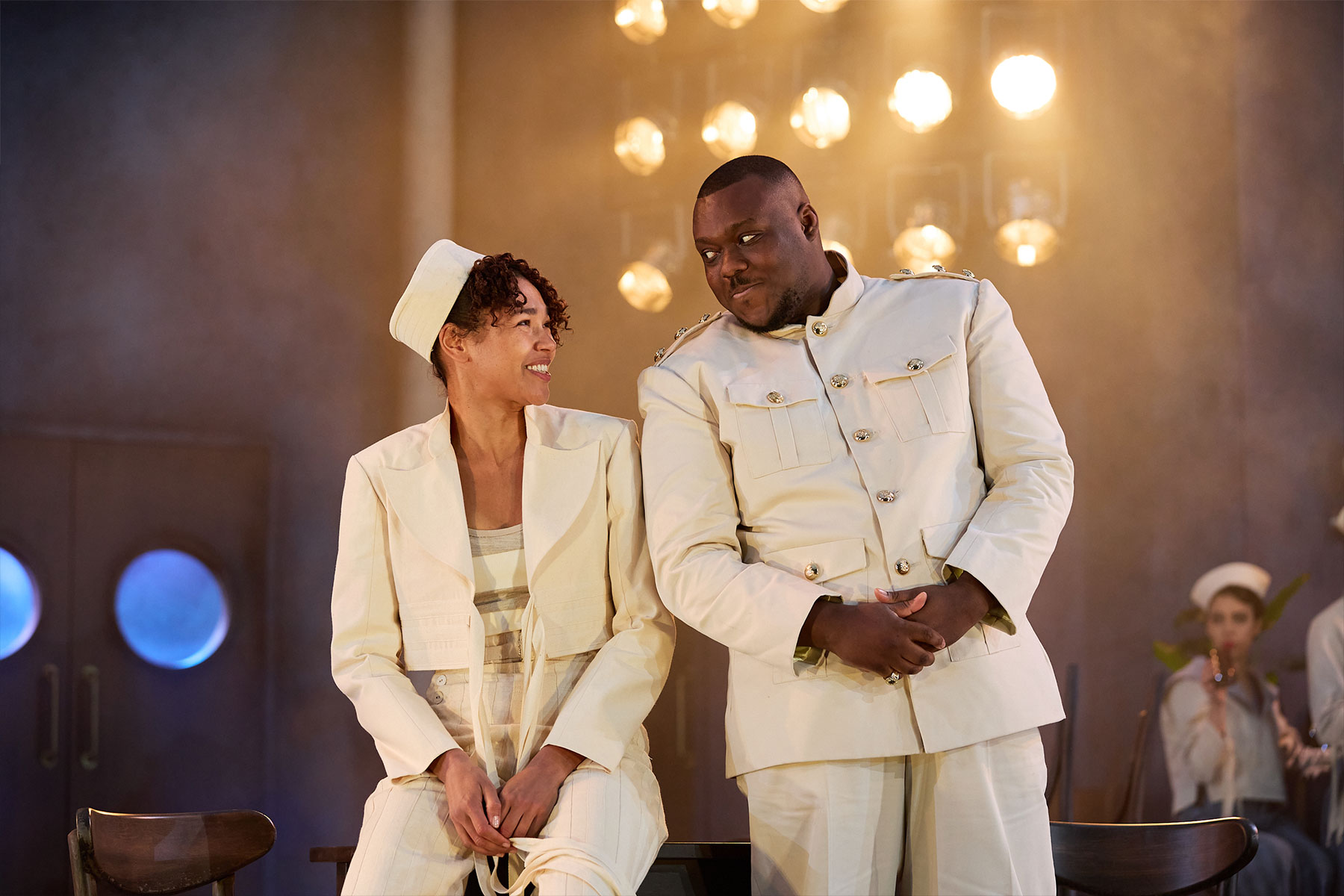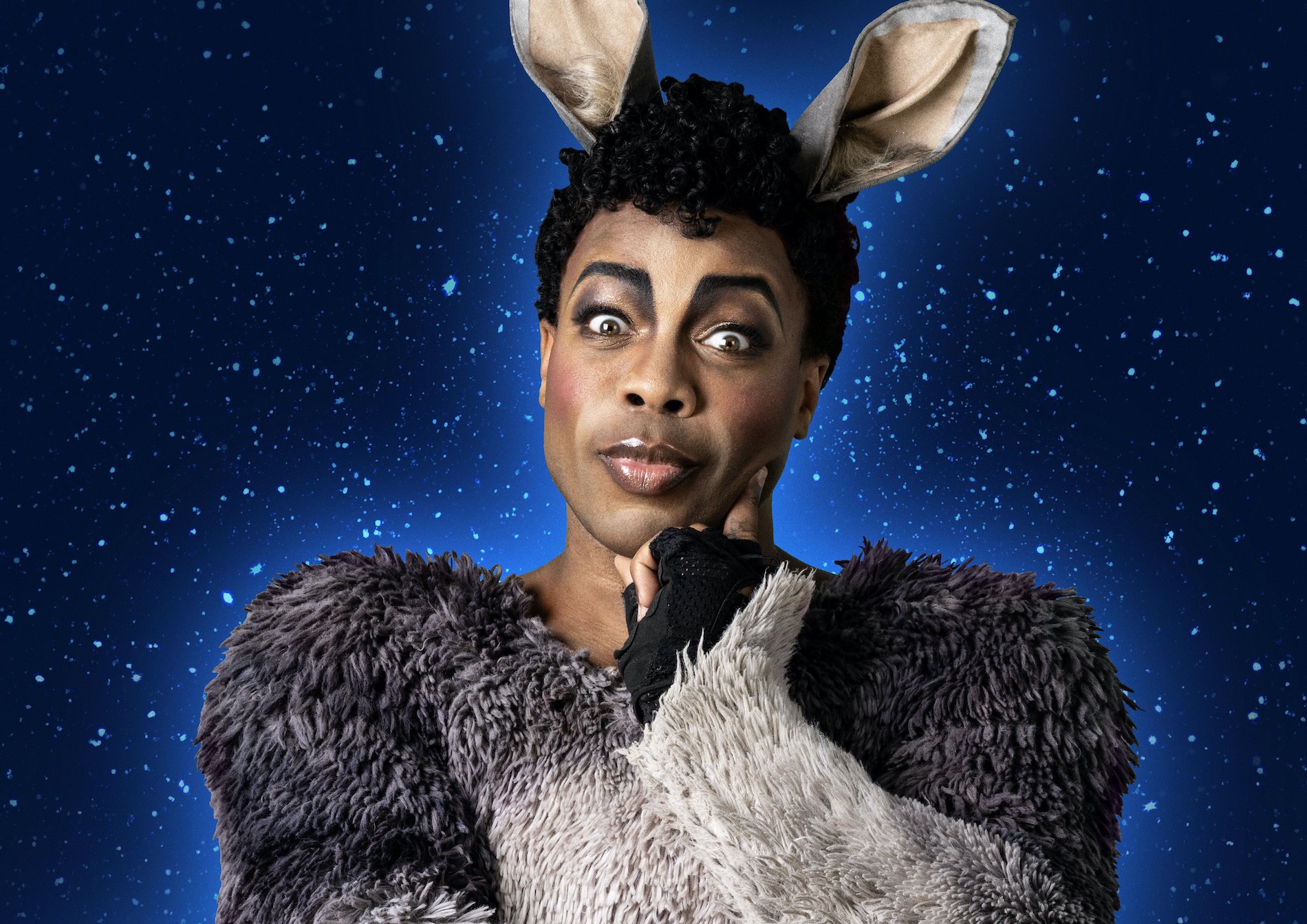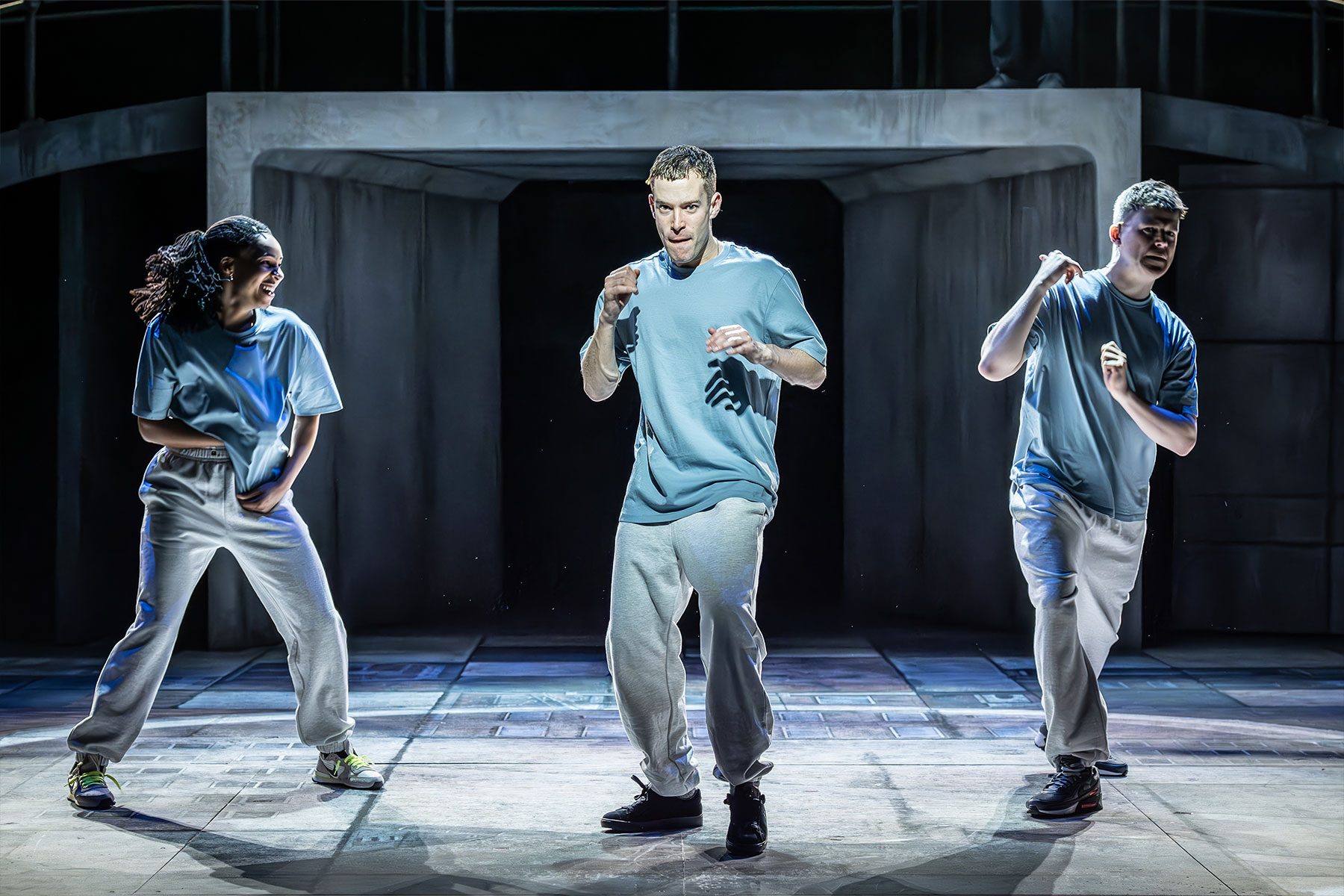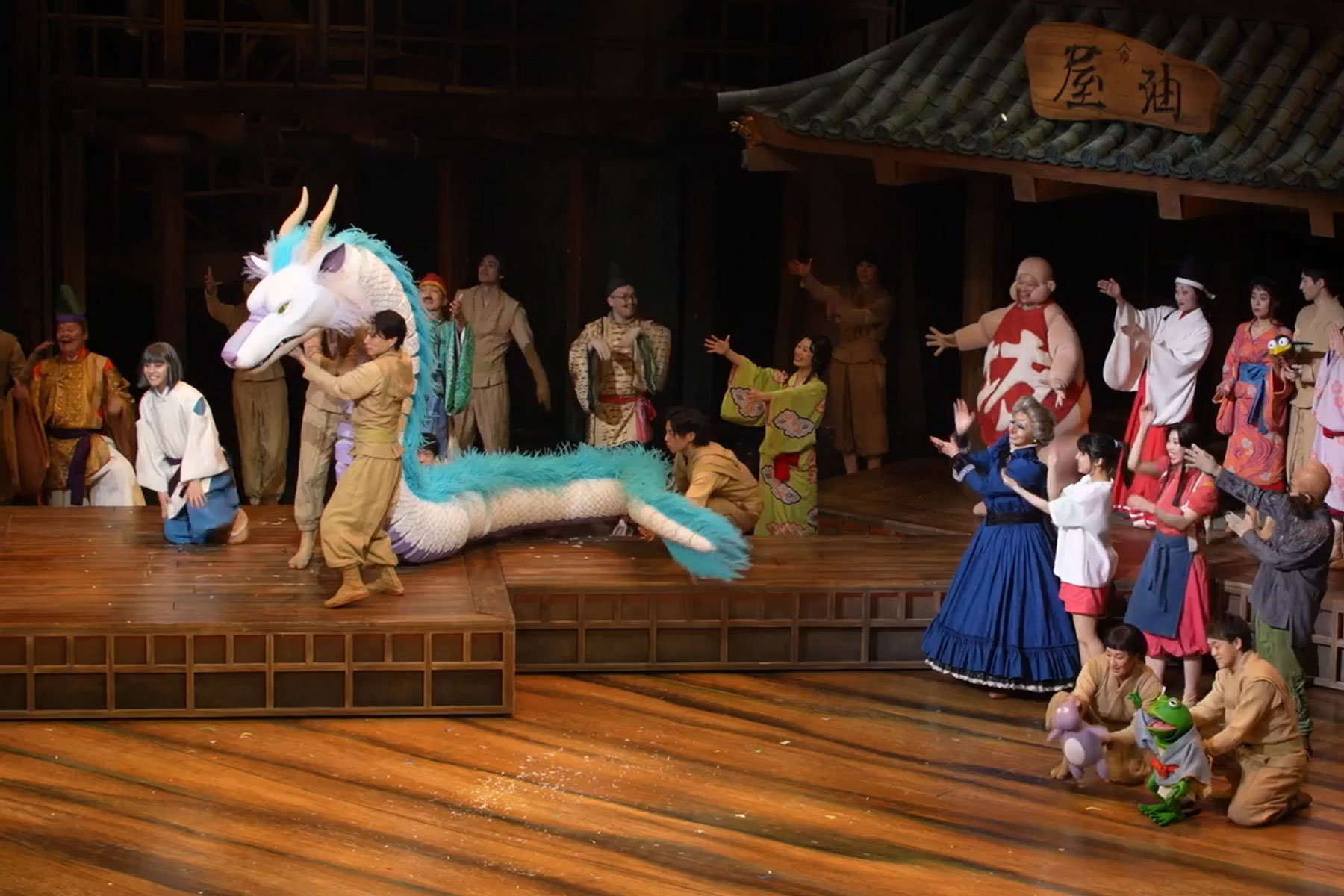Review: Shoe Lady (Royal Court)
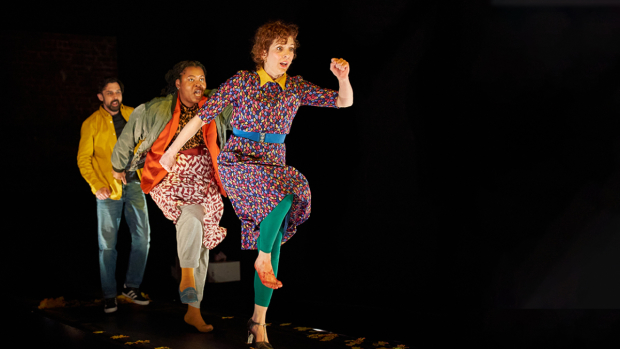
© Manuel Harlan
This ain't no Cinderella story – in E V Crowe's Shoe Lady, the act of losing a sparkly high heel is the first step on the road to ruin.
Premiering in the main space at the Royal Court, Crowe's 65-minute play presents modern life as a precarious house of cards – one that can topple with the slightest nudge. For Viv (Katherine Parkinson), that nudge comes when she finds herself without a shoe – all of a sudden she's lopsided, ungainly, hobbling along a black treadmill on Chloe Lamford's shady void of a set.
From there her already sputtering life begins to unravel – she loses her London job, she has a small tussle with a cider-swigging fellow one-shoer Elaine (a woefully underused Kayla Meikle), the police get on her case after trying to steal from a shop. What can seem like a put-together life is revealed to be a hodge-podge assortment of potential catastrophes.
It's performed as a protracted monologue (like Talking Heads with more unreliable footwear) punctuated by the arrival of Meikle or Tom Kanji as Viv's mostly mute and always-suffering husband Kenny. Parkinson, above and away the best thing on offer, blabbers banalities, repeating phrases and excuses as her bloodied foot limps slowly along with her. She has tragi-comic down to a fine art and turns paradox into performance – a faint smile never leaves her lips but her eyes are always on the cusp of tears.
On occasion the power shines through the absurdity. Themes of austerity, capitalism, societal collapse and mental health come and go like fleeting paraphernalia, paraded in front of our eyes before the blank bleakness of Crowe's text and the production return with uncompromising dankness.
It feels as though everyone is playing it safe – you yearn for Crowe to twist the knife that one rotation further, reach a heightened state of calamity. One moment, involving a tussle and a sudden hint of violence, almost gets there. But it's a mournful, quiet piece, carried by a masterful central turn.



